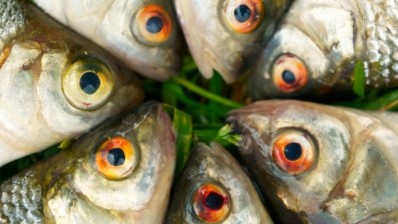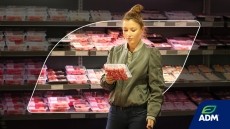Fish trimmings: Perfect for protein and pacemakers?

Fish trimmings are protein-rich, but have traditionally been discarded or used purely for animal feed because the bitter taste has been hard to shake off.
But a researcher at Nofima’s feed technology centre in Bergen, Norway, believes she has found a commercially viable way to deliver powders ideally suited for products like soups and baby foods.
Biological scissors
Working with salmon heads and backbones, Tone Aspevik used enzymatic hydrolysis to “chop up” the proteins in fish trimmings.
“By using enzymes, which are small biological scissors, one can chop up the proteins found in the trimmings into smaller peptides,” Aspevik explained.“These peptides dissolve easily in water and can be utilised easier in a variety of products than is the case with the intact protein.”
Aspevik tested and compared several enzymes based on cost (they can be expensive) as well as the enzymes’ ability to slice up the salmon proteins. She also looked at ways to reduce the bitterness inherent in protein powders made from fish.
The nutritional and chemical properties of the final products were tested in BioLab’s laboratory in Bergen and by the Department of Chemistry at the University of Bergen. Nofima’s sensory panel of judges evaluated taste.
The result was a product that still had a characteristic fish taste but was far less bitter. Aspevik’s powder still contained all essential amino acids. The enzyme used and the duration of the process was also found to affect the bitterness of the final product – a more bitter taste is associated with a high yield of dissolved protein and small peptides.
The findings suggest there is “great potential” for increased exploitation of trimmings in the production of fish protein powder as food for human consumption, she said, adding that the world needs more high quality protein.
This means there is money to be made for the industry if protein-rich trimmings can be sold as food for human consumption.
Scales and sustainable power
Aspevik’s study – Fish protein hydrolysates based on Atlantic salmon by-products enzymes-cost efficiency and characterization of sensory, surface-active and nutritional properties – coincides with research carried out by Indian scientists into new uses for waste fish scales.
Experts at Jadavpur University have managed to use the scales as “energy harvesters”. They believe their findings could eventually lead to the fish waste being used as a sustainable green power source in portable electronic equipment and implanted medical devices like heart pacemakers.




























